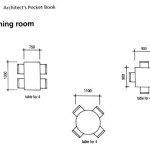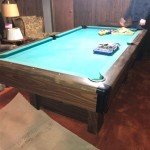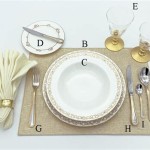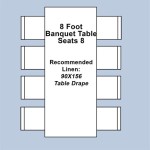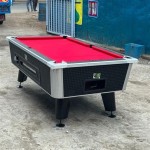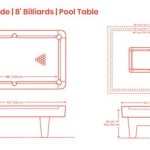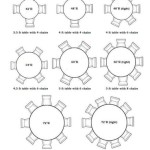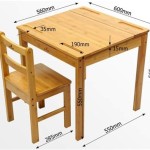Standard Size of a Table Tennis Ball
Table tennis, also known as ping-pong, is a popular and fast-paced sport enjoyed by people of all ages and skill levels. The game involves two or four players who use rackets to hit a small, lightweight ball back and forth across a table. One of the key elements contributing to the dynamic nature of table tennis is the ball itself. Its size and weight are meticulously standardized to ensure fairness and consistent gameplay. The standard size of a table tennis ball plays a crucial role in the dynamics of the game, influencing the speed, spin, and trajectory of the ball.
Standard Dimensions
The International Table Tennis Federation (ITTF), the governing body for table tennis, has established strict regulations regarding the size and weight of the balls used in official competitions. According to ITTF rules, a table tennis ball must have a diameter of 40 mm (1.57 inches) with a tolerance of +0.03 mm and -0.05 mm. This means the minimum allowable diameter is 39.95 mm and the maximum is 40.03 mm. This precise specification ensures consistency and fair play for all participants.
Importance of Ball Size
The standard size of a table tennis ball is not simply an arbitrary measurement. It is a carefully chosen dimension that profoundly impacts the game's dynamics. The small size and weight of the ball allow for rapid and precise movements, making for a fast-paced and exciting game. The small size of the ball also allows for a wide range of spin to be imparted, adding another layer of complexity to the game. The standard size also ensures that the ball can be easily controlled, as the impact of the ball on the paddle can be more easily controlled than with a larger ball.
Impact on Gameplay
The size of the table tennis ball has a significant impact on gameplay. Players can generate tremendous speed and spin due to the ball's small size and weight. This allows for a wide range of shots, including fast drives, delicate drops, and powerful smashes. The small size also allows for precision and control, making it possible for players to execute intricate shots with accuracy. These factors contribute to the game's dynamic nature and the wide range of skills required to master the sport.
Historical Evolution
The standard size of a table tennis ball has evolved over time. Early versions of table tennis used various materials such as cork, celluloid, and rubber balls of different sizes and weights. As the sport gained popularity, the need for standardization became apparent. In the late 19th and early 20th centuries, various organizations began to establish rules and regulations for the game. The current standard size of a table tennis ball was adopted in 1926 when the International Table Tennis Federation (ITTF) was established. The standardization of the ball contributed significantly to the development and growth of table tennis as a global sport.

Choosing The Right Table Tennis Ball A Complete Guide Racket Insight

Gosports 55mm Xl Table Tennis Balls 12 Pack

Sri One Star Weing Table Tennis Plastic Ball Size 40mm Pack Of 6 White Buy

Table Tennis Ball 50 100 Pcs Bulk Abs Ping Pong 3 Star 40 Standard Size Training For Game Matches Athlete Color Orange 100pcs Uquid Cart With Crypto Currencies

Table Tennis Ball 50 100 Pcs Bulk Abs Ping Pong 3 Star 40 Standard Size Training For Game Fruugo Sa

Buy Stag Seam Plastic Table Tennis Ball 40mm Orange Pack Of 12 Standard Size At Best S In Jiomart

Table Tennis Standard Size Sports Equipment Racket Ball On Carou

Tima Shield Plastic Table Ping Pong Ball Size Standard Pack Of 6 Tennis 1 Buy

Tablemate Standard Size Outdoor Table Tennis Board With Bat Balls Konga Ping

Sporty Thoughts Green Ping Pong Table Tennis Ball

